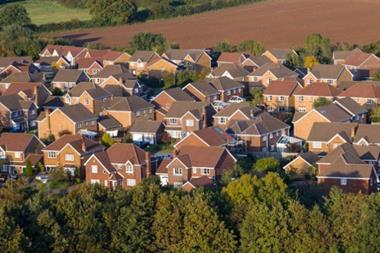Editor: No doubt it was well intentioned, but housing secretary Michael Gove has played a dangerous hand in the social housing blame game. It was a cheap blast to accuse social landlords of neglecting their tenants, even as he shirked the suggestion that government cuts were partly to blame.
All social landlords should be taken to task if they let tenants down, and there are some recent unforgivable examples that make the blood run cold. However, the majority of those providing social housing are striving hard to provide a higher quantity of above-standard stock for some of the most vulnerable and financially stricken people. This gets forgotten by the media, the government and, at times, the general public.
Social landlords are working against a tidal wave of soaring energy costs, EPC targets, net zero initiatives, declining numbers of tradespeople, 20% increases in material costs, according to BCIS, and, sorry Mr Gove, real funding cuts – of which Labour’s Clive Betts, chair of the Commons’ Levelling Up, Housing and Communities Select Committee, said in January: “In the end it’s about resources… And under austerity, social housing received the biggest cuts.”
Add in real living wage rises and the social rent cap of 7%, both of which need to be in place to support tenants and staff, and it makes it all the more difficult for landlords managing rising costs at the same time.
For the private sector, taxes, fines, compliance and other sticks, but no carrots, have meant, unsurprisingly, that landlords have left in droves. With more than a million people on waiting lists and fewer social homes today than in 1980, according to Shelter, it’s a poor time to put more pressure on the sector yet reduce support to facilitate delivery.
With new funding injections anticipated, let’s hope the money will filter through the system. That way the sector will be more able to improve its provision and processes and innovate.
Steven Rae, chief executive, property management and repairs platform EVO
































No comments yet